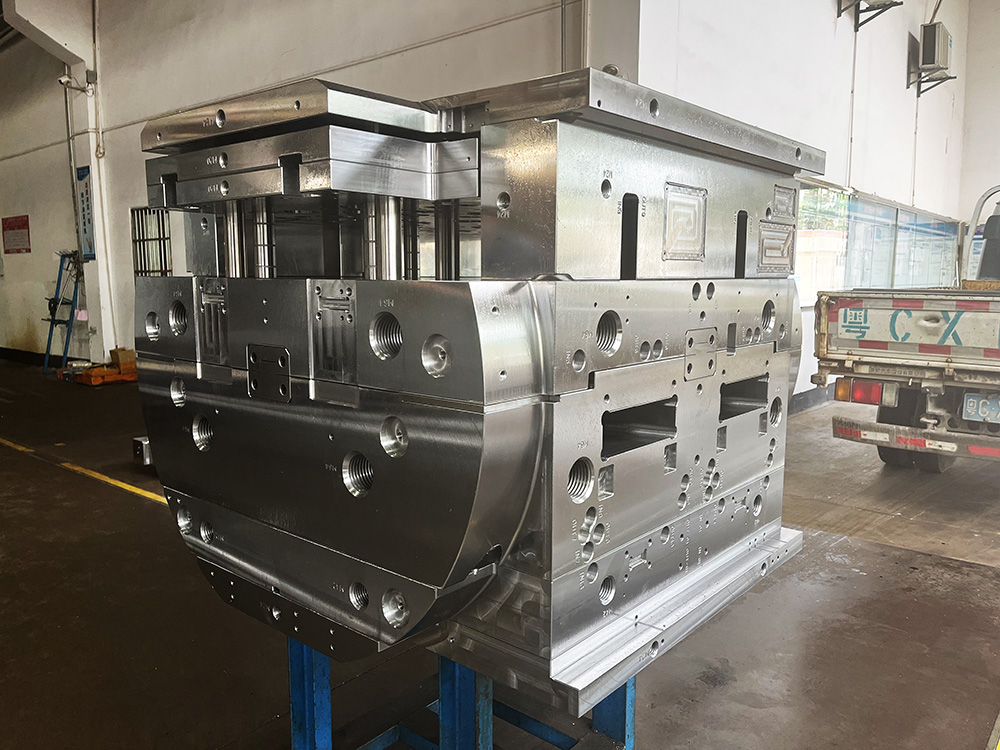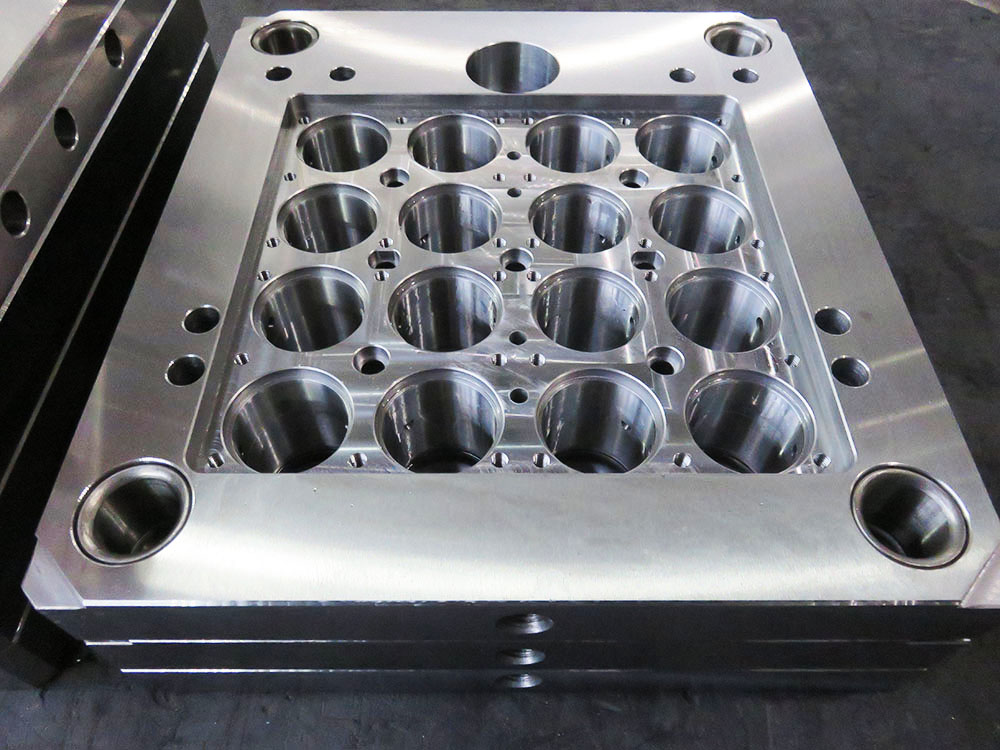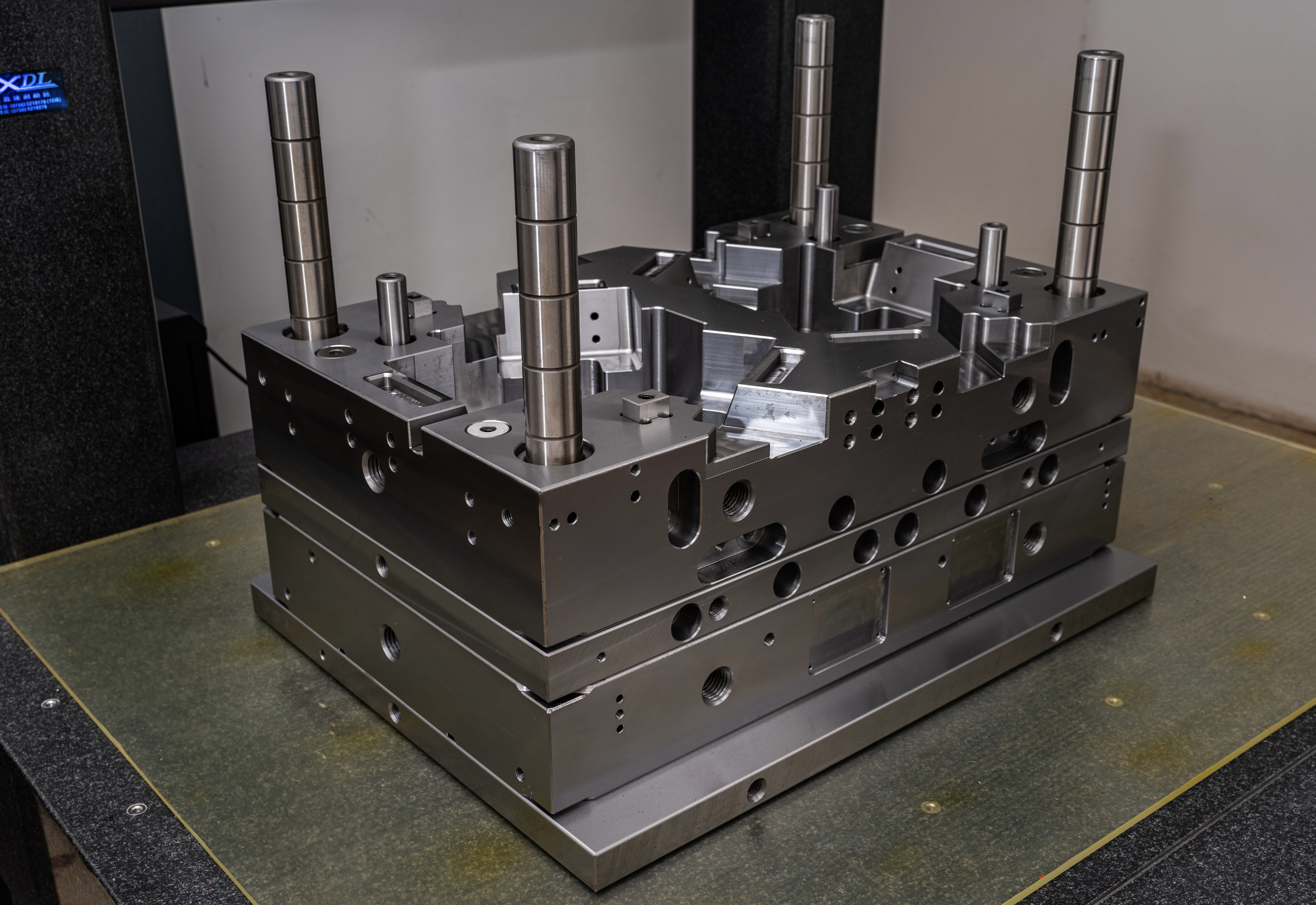What to Do When the Drilling Hole is Crooked in the Mold Base Industry
In the mold base industry, precision and accuracy are of utmost importance. However, there are instances when drilling holes can go awry and become crooked, causing concerns for the overall performance and functionality of the mold. In such situations, it is crucial to take immediate action to rectify the issue and ensure that the mold base meets the required specifications. This article outlines the steps to follow when dealing with a crooked drilling hole in the mold base.
1. Assess the Extent of the Problem
The first step in addressing a crooked drilling hole is to carefully assess the extent of the problem. Determine the degree to which the hole deviates from the desired position and angle. This assessment will help in devising an appropriate solution and evaluate the impact of the deviation on the overall functionality of the mold base.
2. Identify the Cause
Next, it is essential to identify the root cause of the crooked drilling hole. Several factors can contribute to this issue, such as incorrect tooling setup, tool wear, machine vibration, or human error. By determining the cause, it is possible to prevent future occurrences and implement appropriate corrective measures.
3. Rectify the Drilling Hole
Once the cause has been identified, it is time to rectify the crooked drilling hole. Depending on the severity of the deviation, there are several approaches that can be taken.
For minor deviations, it may be sufficient to adjust the existing hole by widening or elongating it using specialized tools. This can help to bring it closer to the desired position and angle. However, caution must be exercised to ensure that the compensatory adjustment does not compromise the structural integrity of the mold base.
If the deviation is significant, it may be necessary to fill the existing hole and drill a new one in the correct position. This can be done by using suitable filling materials, such as epoxy or other similar materials, and carefully re-drilling the hole with precision. Extreme care must be taken during this process to avoid any further damage to the mold base.
4. Verify and Test
After rectifying the crooked drilling hole, it is crucial to verify and test the mold base to ensure that it meets the required specifications. Use precision measuring tools to check the position, angle, and dimensions of the hole to ensure they are within the acceptable tolerance range. Conduct functional tests to ensure that the mold base operates as intended and that the crooked drilling hole does not affect its overall performance.
5. Preventive Measures
To prevent the recurrence of crooked drilling holes in the mold base, it is essential to implement preventive measures. This includes proper training of personnel involved in the drilling process, regular maintenance and inspection of drilling equipment, and utilizing high-quality tools and materials.
Additionally, using advanced technologies, such as computer numerical control (CNC) machines, can significantly reduce the likelihood of crooked drilling holes, as they offer a high level of precision and automation.
Conclusion
When confronted with a crooked drilling hole in the mold base, it is crucial to act promptly and methodically. By assessing the problem, identifying the cause, rectifying the drilling hole, verifying and testing, and implementing preventive measures, it is possible to ensure the quality and functionality of the mold base. Remember, precision and accuracy are the cornerstones of success in the mold base industry, and every effort should be made to maintain the highest standards.




